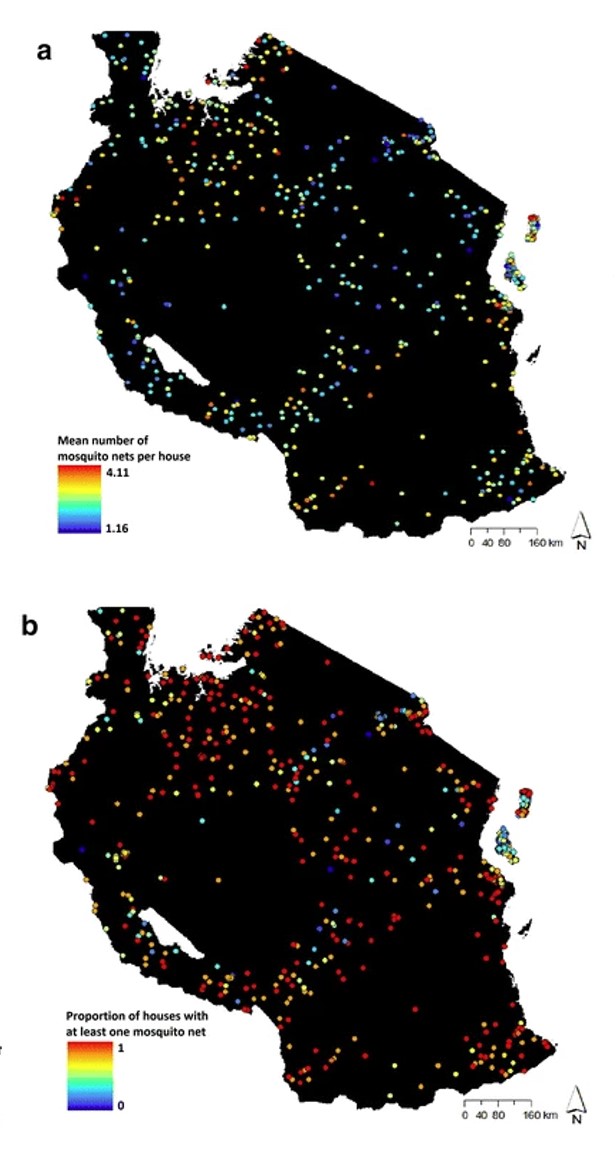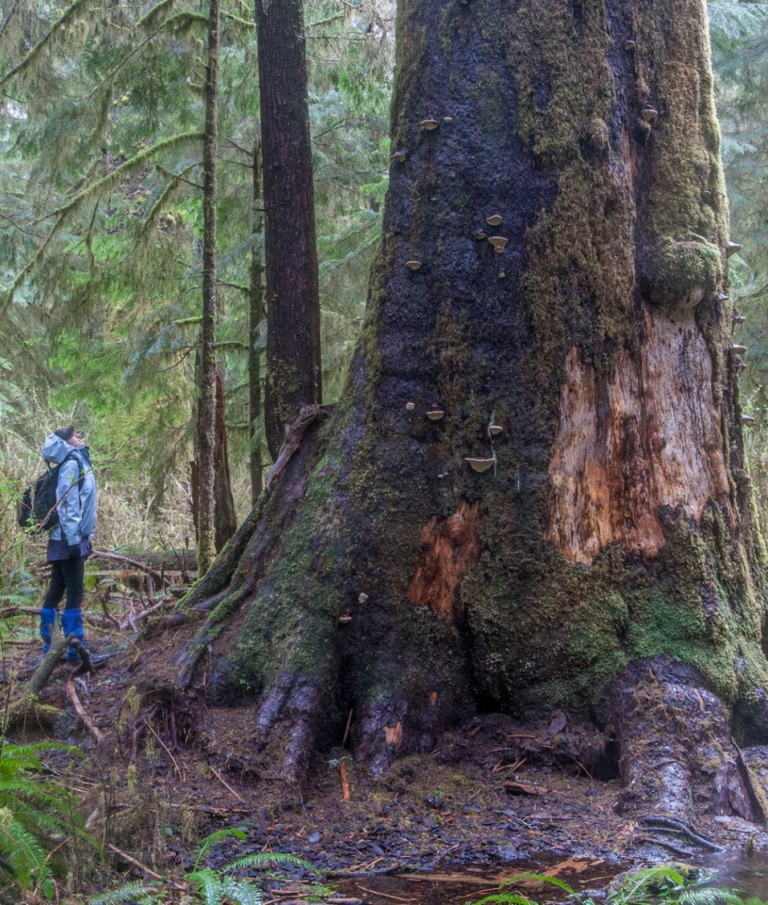For my full CV, click here.
Research publications
Guillot C, Aenishaenslin C, Acheson ES*, Koffi J, Bouchard C, Leighton PA. (2024). Spatial multi-criteria decision analysis for the selection of sentinel regions in tick-borne disease surveillance. BMC Public Health. 24(1): 1-11. Link here.
Acheson ES*, Otterstatter M, Galanis E. (2023). Forest disturbance and disease: Exploring the effects of tree harvesting area on Cryptococcus gattii sensu lato infection risk, Vancouver Island, Canada, 1998-2014. Environmental Health Perspectives. 131(7). Link here.
Acheson ES*, Viard F, Buchanan T, Nituch L, Leighton P. (2023). Comparing control intervention scenarios for raccoon rabies in southern Ontario between 2015 and 2025. Viruses. 15(2): 528. Link here.
Tardy O, Acheson ES*, Bouchard C, Chamberland E, Fortin A, Ogden N, Leighton PA. (2023). Using mechanistic movement models to predict geographic range expansions of ticks and tick-borne pathogens: Case studies with the ticks Ixodes scapularis and Amblyomma americanum in eastern North America. Ticks and Tick-Borne Diseases. 14(4): https://doi.org/10.1016/j.ttbdis.2023.102161. Link here.
Viard F, Acheson ES*, Allibert A, Sauvé CC, Leighton PA. SamPy: A new Python library for stochastic spatial agent-based modelling in the epidemiology of infectious diseases. In revision. Pre-print available here.
Carvajal JG, Alaniz AJ, Carvajal MA, Cruz R, Vergara PM, Acheson ES*, Cogliati M. (2020). Expansion of the emerging fungal pathogen Cryptococcus bacillisporus into America: Linking phylogenetic origin, geographical spread and population under exposure risk. Frontiers in Microbiology. 1-22. Link here.
Rossa-Roccor V, Acheson ES*, Andrade-Rivas F, Coombe M, Ogura S, Super L, Hong A. (2020). Scoping review and bibliometric analysis of the term “Planetary Health” in the peer-reviewed literature. Frontiers in Public Health. 8: 243. Link here.
Acheson ES*, Galanis E, Bartlett K, Klinkenberg B. (2019). Climate classification system-based determination of temperate climate detection of Cryptococcus gattii sensu lato. Emerging Infectious Diseases. 25(9): 1723-1726. Link here.
Acheson ES*, Kerr J. (2018). Nets versus spraying: Spatial modelling reveals indoor residual spraying targets Anopheles mosquito habitats better than mosquito nets in Tanzania. PLOS ONE. 13(10): e0205270. Link here.
Acheson ES*, Galanis E, Bartlett K, Mak S, Klinkenberg B. (2017). Searching for clues for eighteen years: Deciphering the ecological determinants of Cryptococcus gattii on Vancouver Island, British Columbia. Medical Mycology. 56(2): 129-144. Link here.
Acheson ES*, Kerr J. (2015). Looking forward by looking back: Using historical calibration to improve forecasts of human disease vector distributions. Vector-Borne and Zoonotic Diseases. 15(3): 173-183. Link here.
Sander-Regier R, Acheson ES*, Rai N, Chen J. (2015). The University of Ottawa’s Husky Energy
Courtyard: Looking back, looking forward after 10 years. Urban Forestry and Urban Greening. 14(4): 1131–1136. Link here.
Acheson ES*, Plowright A, Kerr J. (2015). Where have all the mosquito nets gone? Spatial modelling
reveals mosquito net distributions across Tanzania do not target optimal Anopheles mosquito habitats. Malaria Journal. 14: 322. Link here.
My research background
Master's research: Are mosquito nets targeting mosquito hotspots in Tanzania?
I completed my Master of Science degree at the University of Ottawa in biology with macroecologist Dr. Jeremy Kerr in 2015. I applied Geographic Information Systems (GIS) techniques to study the distribution of Anopheles mosquitoes in Tanzania that transmit malaria parasites. I created a new GIS method to incorporate mosquito net distributions with mosquito hot spots to see whether these control measures target where malaria risk is highest. To see what I found, click here.


PhD research: Looking back in time at a fungal outbreak on Vancouver Island
My PhD in medical geography was completed at the University of British Columbia under the supervision of geographer Dr. Brian Klinkenberg. My focus was on the medically-important fungus Cryptococcus gattii, first discovered in Canada on Vancouver Island in 1999 and subsequently recorded in mainland Vancouver and parts of the United States.